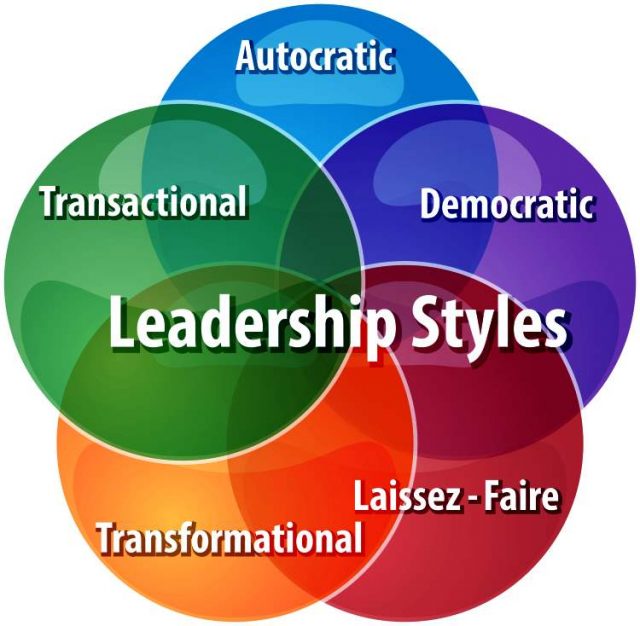There are a number of different leadership styles that you can use to keep your team working towards your goals.

Most of the time, individuals have their own best leadership styles, though sometimes different styles are required to work with different teams or in different circumstances. This article will discuss some popular leadership styles as well as what kinds of people, teams, and situations they fit best.
Are You An Autocrat?
Autocratic leadership means that you’re the boss and you let everyone know about it. Autocratic leaders call all of the shots and aren’t usually receptive to recommendations or complaints from other people, specifically their team members.
Autocratic leadership, of course, only works when you know what you’re doing. It can also work if your team doesn’t know what they’re doing. Say for example, you’re running a new department in your company, or working with interns. Chances are your leadership is more valuable in these instances than listening to your team.
Of course, as your team begins to develop their skills, backing away from an autocratic style can help you to gain insights on how best to help your team, rather than just bossing them around.

Are You A Democratic Leader?
Democratic leadership is more or less the opposite of autocratic leadership. Democratic leadership involves working closely with your team to determine what they think is best, rather than making all major decisions yourself.
Democratic leadership works best if you are taking over a leadership position in a new company, or if you are comfortable with leading but may not be familiar with the exact nature of your goal. Democratic leadership can also be the way to go if you are a “leader”, because it is easier for one person to pass on all of the deliverables and give all of the updates, but you don’t really have any more experience or authority than other team members.
Democratic leadership can slow things down, however, so sometimes it can be important to make “executive decisions” to move things along.

Is Laissez-Faire Right For You?
Laissez-faire leadership means that, as the leader, you basically do nothing. You delegate tasks to others and then let them call the shots.
Laissez-faire leadership can be particularly effective if your team is very large, or if your leadership position is pretty high up the chain.
Of course, in order to engage in laissez-faire leadership, your team needs to be able to get on without you. If your team needs to be led by the hand everywhere, you’re probably better off using a more authoritative leadership style.
Is There A Place For Bureaucratic Leadership?
Bureaucratic leadership is similar to laissez-faire leadership in that it involves delegation of tasks to smaller committees within the larger team. This system of government is often derided for the time that it can take to perform certain tasks, but as a leadership style it can be surprisingly effective.
As a result, the limits of bureaucratic leadership are similar to the limits on laissez-faire leadership – you need to have a large team and you need to have quite a bit of authority within your organization.
Your team needs to have fewer experts on your team, however, as the experts can be made the leaders of their own smaller teams. This method is most effective if the activities carried on by your team are very similar from day to day. Changing circumstances have a way of throwing off bureaucratic systems.

We have only scratched the surface on the number of leadership styles that you can read about. Some might say that there is one leadership style for each leader. Still, finding out which leadership type you like best can help you discover which leadership method you can use the most effectively. Of course, you should also consider your team and your situation when settling on a leadership style.

